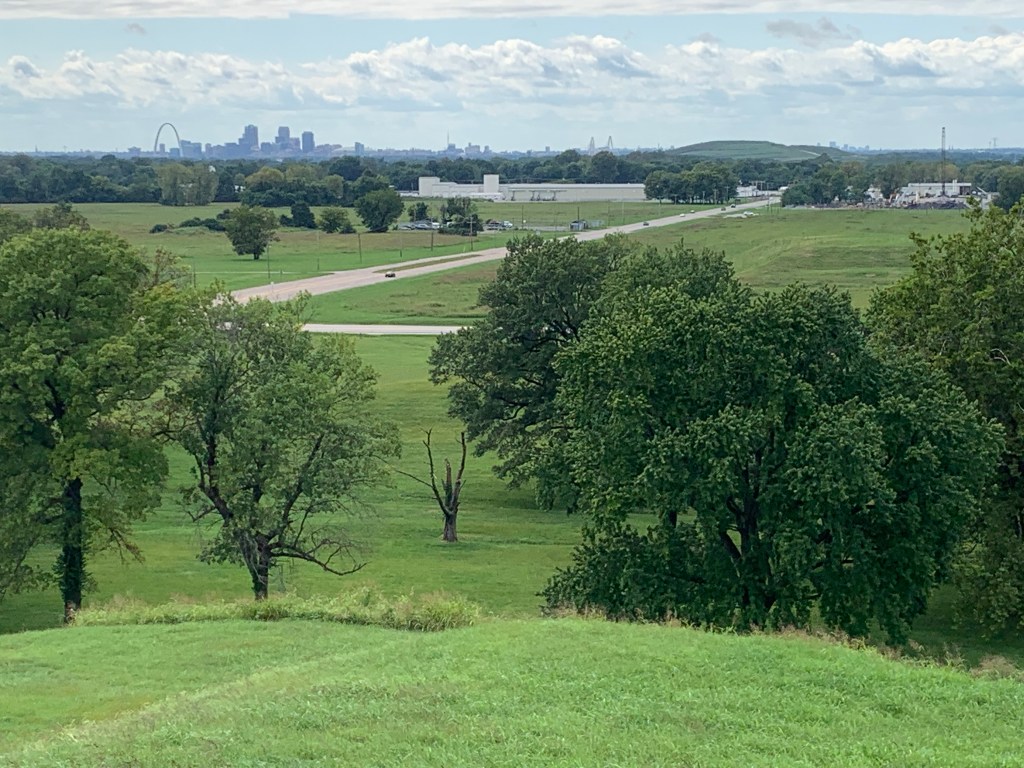
This Virginia park spans the history of Colonial America, from the first settlement and seat of English government to Yorktown which marked the end of British military control. While in theory the park can be visited in a day, take two. The pretty town of Yorktown is nice with a little beach. Jamestown has several areas to see, and the park road connecting them runs through Colonial Williamsburg, which alone is worth time.
Yorktown has a very good visitor center, film and two auto tours. Even I was able to follow what happened, and long story short, the victory was as much or more French than American. Alexander Hamilton led the successful joint French & American assault on the last two key British defensive positions, one of which is eroding into the bay. The Rhode Island Light Infantry Regiment—largely African American—were critical in the assault, which employed bayonets on unloaded muskets to ensure both silence and an aggressive attack. Washington maneuvered his armies & Lafayette executed the siege in their most successful and determinative battle of the war with the assistance of the French fleet blocking the large mouth of the Chesapeake Bay. There are also remnants of the Confederate defense of Richmond on the same battlefield, although that is not the main focus of the park.
Jamestown needs explanation. Simply, there are three parts: 1) the park service Loop Road which is a swampy wooded drive or bike ride through the eastern end of the island, 2) the state’s very well funded living history settlement, and 3) the oldest Jamestowne part that has been run by a private group which predates the park service and is now an affiliated National Historic Site. All three are amazing. I saw a bald eagle, baby turtles, deer and more. At the settlement you can climb aboard recreations of all three ships, visit a Native American village, a reconstruction of the fort and an impressive museum, and there are many helpful staff throughout, some clothed in period garb, making the history extremely accessible. But don’t miss the third part, Olde Jamestowne.
This is the original remote outpost of the Elizabethan era that excited imaginations at the time, including Shakespeare whose Tempest is based on a shipwreck here. The most exciting work today is happening above in the oldest section of the park: an active archaeological dig with many world class discoveries. The fort there is built on the original fort site, and one of the archaeologists who began the dig in the 1990s gave a guided tour. There’s also a museum showcasing their discoveries.
Pocahontas married her husband John Rolfe in the church to her right, her husband witnessed the arrival of the first Africans at Fort Comfort (now Monroe), and the most recent excavation of a well is happening over her left shoulder. One of the gruesome discoveries was evidence of cannibalism among the settlers, but other discoveries speak to the diversity of the colony and its early peace with the natives, thanks mainly to the young woman above.



